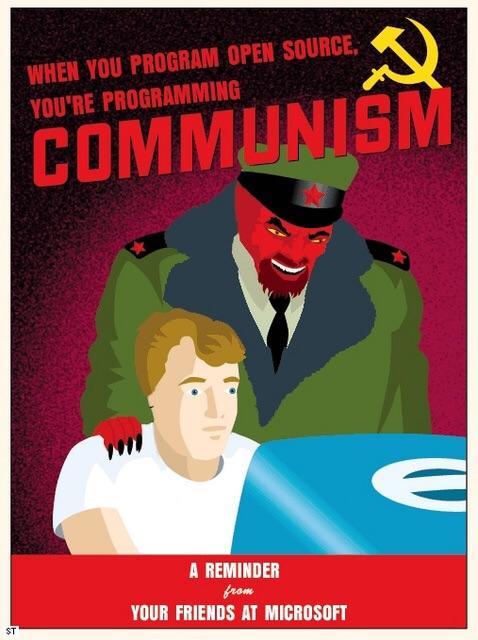I greatly doubt they’ll break android app compatibility. Too many huawei phone users rely on android apps.
I imagine their goal is to not be reliant on Google ecosystem though. That means providing their own set of services and their own app store. So, they’d have to go through the exercise of updating existing apps for that. Breaking compatibility might just mean switching out gservices.
I use the huawei app gallery rn even on another device, and my huawei watch requires a huawei services background app, similar to google play services.
Makes sense, they basically have to go this route because US could force Google to shut down services for Huawei any time.
They 100% are doing it. It seems a bit crazy and I’m sure there will be virtual environments at launch, but they are breaking compatibility.
Xiaomi also released their own fork of Android recently on HyperOS, it is still built on Android AOSP without google elements. Seems like thats the way going forward.
I think that’s the most sensible approach, there’s little value in reinventing the wheel here. The main goal is to make sure that the tech stack is owned and manged domestically, so ripping out any Google dependent bits is the key task.
That’s kind of what almost all android distros are (except that most don’t remove google play services) … samsung’s OneUI, Xiaomi’s current MIUI, Huawei’s HarmonyOS, just skinned AOSP with some added features.
This is great progress! IDK if they should take the Apple closed ecosystem route or eventually go open source and compete with Android.
They took the Google route. There’s OpenHarmony and then there’s HarmonyOS with Huawei branding and services.
I’m not an expert, I learned this off of Wikipedia
deleted by creator
That’s where it gets interesting. It uses multiple kernels depending on the version, one of the kernels is Linux but they also have their own kernel.
Every time I hear about Huawei advances I get more angry that I live in Canada and am stuck with an iPhone.
I’d love to be able to get a Huawei phone here.
What exactly is it? They’re shipping Linux laptops now. Is this a Linux phone or does “break from Android” mean “It’s using an Android fork like last year but this year they aren’t mentioning Android in the press release”?
No, so far as I understand it it’s a separate system that may not be compatible with android. HarmonyOS is intended to be a cross platform operating system from the ground up linking phone, car (electronic vehicles growing exponentially in China), desktop, household electronics, household AI, etc, completely seamlessly. If you aren’t part of that entire ecosystem as Huawei visualize, which is likely the case if you’re not in China, you probably won’t experience the benefit of HarmonyOS, it’ll just be another system running another set of apps. But ppl in China will if it rolls out as intended.
Outside of China, HarmonyOS will probably eventually need to be compatible with Android to be competitive.
And this is a third Harmony OS, separate from their Linux distro and Android version? Because both of those were called Harmony OS too and did iOS style inter-device communication.
K that’s beyond my knowledge level to answer xD I mostly know what Huawei want it to become and how they likely can make it happen compared to Google Home and Apple versions of the same dream but badly realized, give the more friendly environment to Huawei in China, its relationship with more companies and branches of products, and ppl being more used to doing literally everything already via their mobile os and very willing to be even more immersed
in the the wikipedia article it seems to use multiple kernels (either a rtos type kernel for iot and wearable devices or the linux kernel + aosp layer for phones, tablets, etc…) seems that in the new next version they will no longer use the linux kernel but their own kernel instead and move away from android entirely (i got that last bit from this article)
Thanks for the links!
My understanding is that it’s an Android fork, and at this point it’s diverged enough that it doesn’t work with stock Android apps. Another break from Android is that Huawei has their own service ecosystem and app store that’s independent of Google.
Okay but doesn’t that necessarily also mean that it doesn’t work with their own back-catalogue of apps? Do Huawei apps still work on Google-Android?
Not sure if they do or not, but they could just build two separate versions of the app against different services. So, if you’re publishing to the Google store you use gservices and if you’re publishing to Huawei store then you use Huawei ones. The API could be the same from app’s perspective, so it’d just be a matter of which library you use to talk to the services.
I wish my new phone was a Huawei, but my provider doesn’t sell them so I had to settle with Samsung :(
I remember when people would import the iPhone before it was launched here. Maybe someone can get you a Huawei. I don’t know how strict your government is about unlicensed devices being sold between private citizens. But there’s a risk that it may not be compatible with the networks in your country.
I don’t think I fully understand what it even after reading the Wikipedia article. But it seems to me like there are different OSes by Huawei that share the same name. I think it started out as another AOSP distribution but Huawei gradually replaced the kernel and other layers with its own designs. And judging from the title they are now independent of AOSP.
OS family Unix-like (modified AOSP), LiteOS, OpenHarmony until HarmonyOS NEXT
Of course all these technicalities don’t matter. What matters is the apps and services. If I get a chance to try it I will share my thoughts.
I think that’s right, they started with AOSP, but now I guess it’s diverged enough that it’s no longer compatible with stock Android apps. So, it’s going to be its own ecosystem going forward. I agree that what the users ultimately care about are the apps and services, but it’s incredibly important for Huawei to ensure they control the whole stack and have their own distribution mechanisms that are independent of US companies.
i hope it’s linux based. then everyone would have to have a linux port of their apps.
I think they are going with their own micro kernel design. But they also use Linux on some versions.
Not only is it not Linux, but the operating system is closed source: https://en.m.wikipedia.org/wiki/HarmonyOS. According to the article it’s built on top of “OpenHarmony,” but that does little to assuage my disappointment.
what a missed opportunity
isn’t android linux based?
Yes, it’s Linux with G💩💩gle characteristics.
yes. what i meant was something that uses the upstream kernel. android is a whole mess when it comes to kernels.
Yes, in that it uses the Linux Kernel. It’s not typically considered a Linux distribution because most everything else in the OS is custom and Google-suffused. In particular Android lacks GNU libraries and tools.
nice, wish I could get one of their phones in the us
same in Canada












